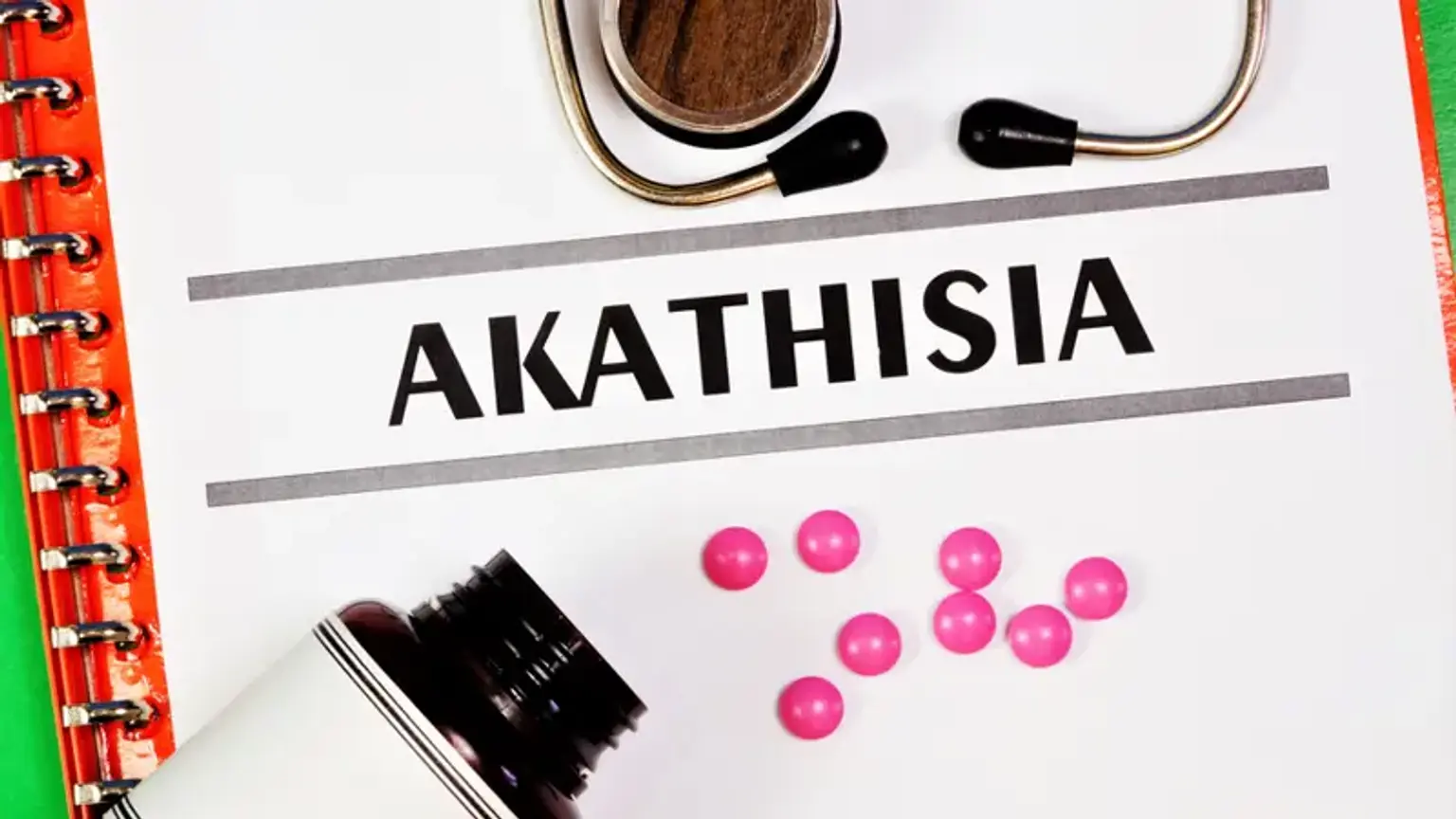Introduction
Akathisia is a movement disorder that manifests as an intense feeling of restlessness and an overwhelming urge to move. Individuals with akathisia often experience an inability to sit still, constantly shifting, pacing, or fidgeting. The physical discomfort and mental strain of this restlessness can be both exhausting and distressing, significantly affecting a person’s quality of life.
Although akathisia is most commonly associated with the use of antipsychotic medications, particularly in psychiatric treatments, it can also result from other causes such as neurological imbalances, Parkinson’s disease, or certain other medications. Patients with akathisia may also experience accompanying psychological symptoms, including anxiety, irritability, and depression. Furthermore, the disorder can lead to sleep disturbances, which further exacerbate the emotional and physical toll on the individual.
Despite being widely recognized within medical circles, akathisia remains underdiagnosed in many cases, particularly because its symptoms can overlap with other conditions like anxiety or agitation. The condition is treatable, but understanding its causes and symptoms is crucial for effective management and improving the overall well-being of those affected.
Understanding the Causes of Akathisia
Akathisia typically arises as a side effect of medications, especially neuroleptics (antipsychotics). These drugs, used for treating conditions like schizophrenia or bipolar disorder, can disrupt the normal balance of neurotransmitters, particularly dopamine, in the brain. This disruption triggers the restlessness and involuntary movements characteristic of akathisia.
Medication-induced Akathisia:
Antipsychotic medications, especially first-generation ones (e.g., haloperidol), are the most common culprits.
The condition can also be caused by other drugs that affect the central nervous system, such as certain antidepressants or antiemetics.
